The Difference Between Ketosis and Ketoacidosis
When you hear these two terms it’s easy to see how they can be confused. The confusion also stems from the fact that the two are both metabolic processes involving the breakdown of fats in the body (plus they look and sound like similar words).
The truth is ketosis and ketoacidosis are two completely different things.
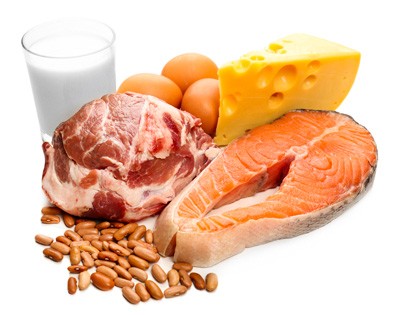 Ketosis and the Ketogenic Diet
Ketosis and the Ketogenic Diet
Ketosis is a normal metabolic process in which the body has a high fat-burning rate. It is a healthy and natural state your body enters when your body is running on fat rather than glucose1.
4-Week Keto Meal Plan
- 4 Weeks of Delicious Keto Recipes!
- Leftovers and Bulk Preps Included
- Maximize Your Keto Diet's Success
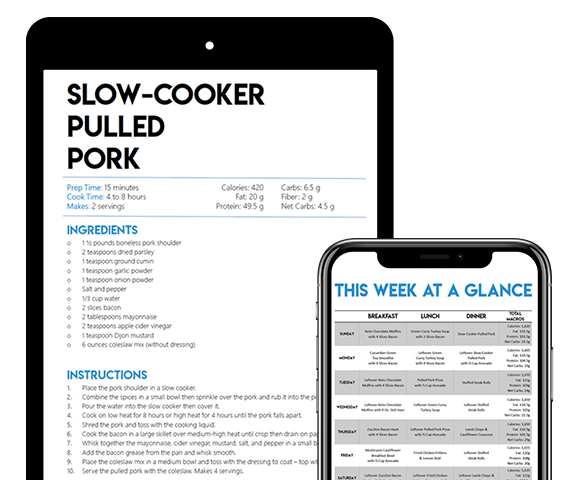
The state of ketosis occurs when ketone levels are raised in the blood due to the conversion of fats into fatty acids and ketones. This happens when the body runs out of carbohydrates – usually because a person hasn’t eaten in a while, for example during fasts, or they eat a very low-carbohydrate diet – leaving little sugar to convert into glycogen. Without glycogen, the body breaks down fat cells for energy.
A low-carb, high fat diet, also known as a ketogenic diet, is necessary to enter and stay in ketosis long-term.
When you eat a low-carbohydrate diet, your body enters the metabolic state of ketosis within 2 days but it can vary from person to person. There are many benefits2 to being in longer-term ketosis including:
- lowered triglycerides levels
- no spikes in blood glucose levels
- greater mental clarity
- lowered blood pressure and cholesterol
- reduced food and sugar cravings
- weight loss
Ketoacidosis – The Body in a State of Toxicity
Ketoacidosis is a metabolic state of toxicity. It occurs when the body fails to regulate ketone production resulting in severe accumulation of keto acids which cause the pH of the blood to decrease substantially making the blood more acidic.
The most common causes for ketoacidosis are Type 1 Diabetes, prolonged alcoholism and extreme starvation which can result in diabetic ketoacidosis (DKA), alcoholic ketoacidosis and starvation ketoacidosis respectively. It must be noted that ketoacidosis is rarely seen outside of Type 1 Diabetes.
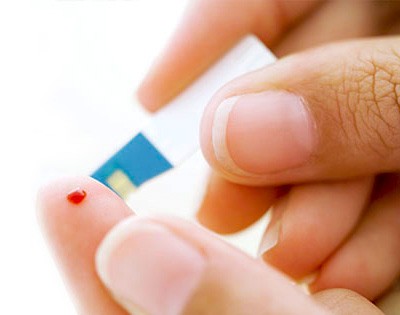 DKA – Diabetic Ketoacidosis
DKA – Diabetic Ketoacidosis
In DKA, the lack of insulin prevents absorption of glucose which can cause uncontrolled ketone production which can lead to dangerously high ketone and glucose blood levels. If the ketones are not excreted quickly enough the blood becomes acidic and the acidity can cause damage to organs.
DKA usually develops over a period of 24 hours. Blood tests will likely show hyperglycemia (very high blood sugar). Major symptoms include:
- nausea and vomiting
- excessive thirst and urine production
- abdominal pain
Diabetic ketoacidosis occurs in under 1% of people with Type 1 Diabetes annually3.
One is Dangerous & The Other is Not
Ketoacidosis is a dangerous state while nutritional ketosis is when the body and brain are using ketones as a fuel source safely and efficiently. Ketosis can be achieved by reducing daily carbohydrate intake to below 50 grams.
If you have type 1 diabetes, you may still be able to eat a ketogenic diet. Please consult with your doctor and if they approve a trial run, you will be able to try the diet under their supervision, closely monitoring your health and blood.
Is Long-Term Ketosis Good?
Although there have not been many long-term (greater than 1 year) studies on the effects of nutritionally induced ketosis, dozens of short-term studies4 have shown positive results – far better results than low fat diets – including weight loss, increased HDL levels (good lipids), decreased small LDL levels (bad lipids), decreased triglycerides, and many more. A 5 year study5 also showed no adverse effects on patients on a ketogenic diet.
Ketogenic diets encourage eating less preservatives, sugar, processed foods and encourage more whole foods like vegetables, dairy, fresh meats, saturated and monounsaturated fats and oils into the diet6.
There is no need for calorie counting, making low-carb diets far easier to maintain. Much of the time, a low carb diet becomes a way of life instead of simply a diet.
For more information on the ketogenic diet,
read our Full Guide to the Ketogenic Diet
and our 5 Tips for Low Carb Success.
NUTRITIONAL DISCLAIMER
The content on this website should not be taken as medical advice and you should ALWAYS consult with your doctor before starting any diet or exercise program. We provide nutritional data for our recipes as a courtesy to our readers. We use Total Keto Diet app software to calculate the nutrition and we remove fiber and sugar alcohols, like erythritol, from the total carbohydrate count to get to the net carb count, as they do not affect your blood glucose levels. You should independently calculate nutritional information on your own and not rely on our data. The website or content herein is not intended to cure, prevent, diagnose or treat any disease. This website shall not be liable for adverse reactions or any other outcome resulting from the use of recipes or recommendations on the Website or actions you take as a result. Any action you take is strictly at your own risk.
- Keto-Friendly Food Swaps for Common Ingredients - July 11, 2023
- Keto Diet and Acne: Reducing Breakouts and Promoting Clear Skin - July 9, 2023
- Can the Keto Diet Help with Epilepsy? - July 7, 2023
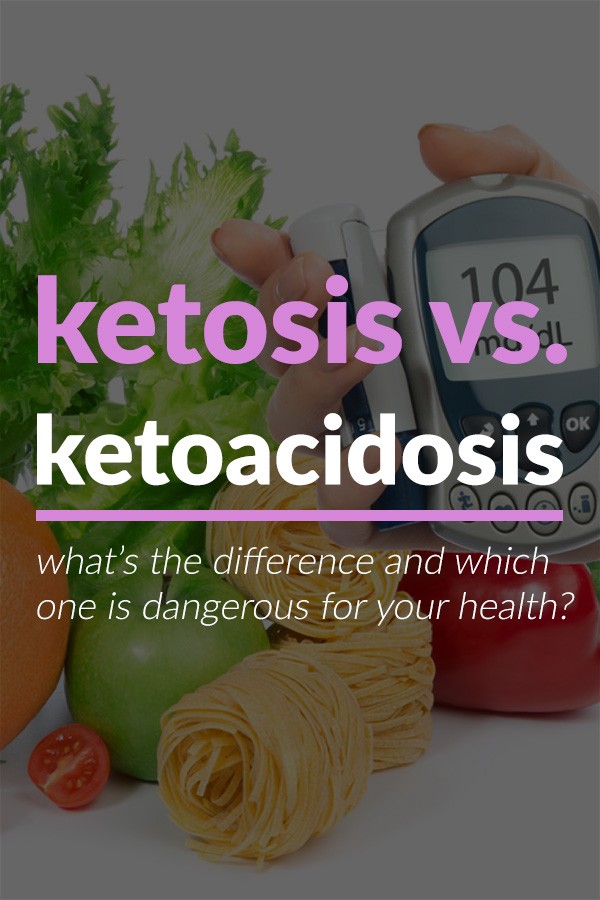

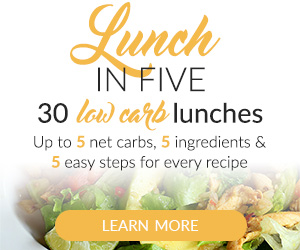
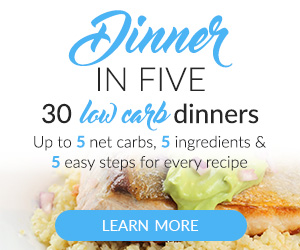


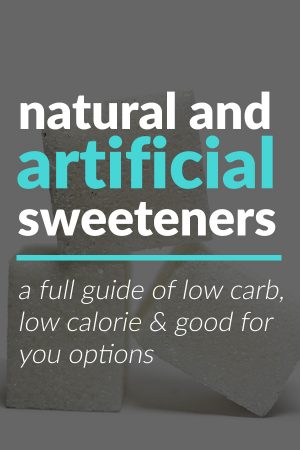

I started eating Keto and love it. I may try to be realistic and do a carb cycling version however as I think long term it may be more practical. I also do Intermittent Fasting 18/6, with having a bullet proof coffee during my fast. I have 2 questions. Is it possible to just eat healthy carbs on the weekends, so 5 day keto with 2 carb up days? That obviously would fit my lifestyle. 2nd question, my workouts are during the week only, so can intense workouts be done while eating keto only? I read that ideally my carb up days would be my workout days, but trying to have it all, haha. Thanks!
Some people do choose to eat a higher carb day throughout their week or month, that they call a carb-up or carb-load. During this time, they only eat “healthy” carbs, as in, starchier vegetables like sweet potatoes or sometimes quinoa or rice. They don’t load up on sugary sweets or nutritionally empty pastas. We can’t vouch for this method for health or weight loss as we’ve never tried it, but this website http://www.fitlivingfoodies.com has a lot of information on the subject 🙂
As for intense workouts, many people report having higher stamina while fully keto so that should work in your favor. Try it!
I am 72, female, widow. I live alone but am very active. I do have a hip & knee replacement. I swim and walk my dog every day and exercise my legs before I go to sleep. I’ve been on low carb diets before but this time I went through my kitchen and threw out everything with sugar and carbs. I’ve been on this diet for two months now and have only lost one pound and my middle is getting larger. I’m going back to low-carb but about 800 calories a day. I’m just can’t get into a state of ketosis. I use the strips every day. I’m a type 2 diabetic and have not taken medication for a month because my blood sugar goes from 100-124. I’m not on social media, sure email. Well, that’s my story…
Hi Janice,
800 calories is far too low and is considered malnutrition. This is bad for your health. You need to make sure you are eating proper amounts of macronutrients based on your body’s needs. Have you used our keto calculator? Try to eat plenty of protein and fat to match your macros. You’ll be healthier and the pounds will come off over time.